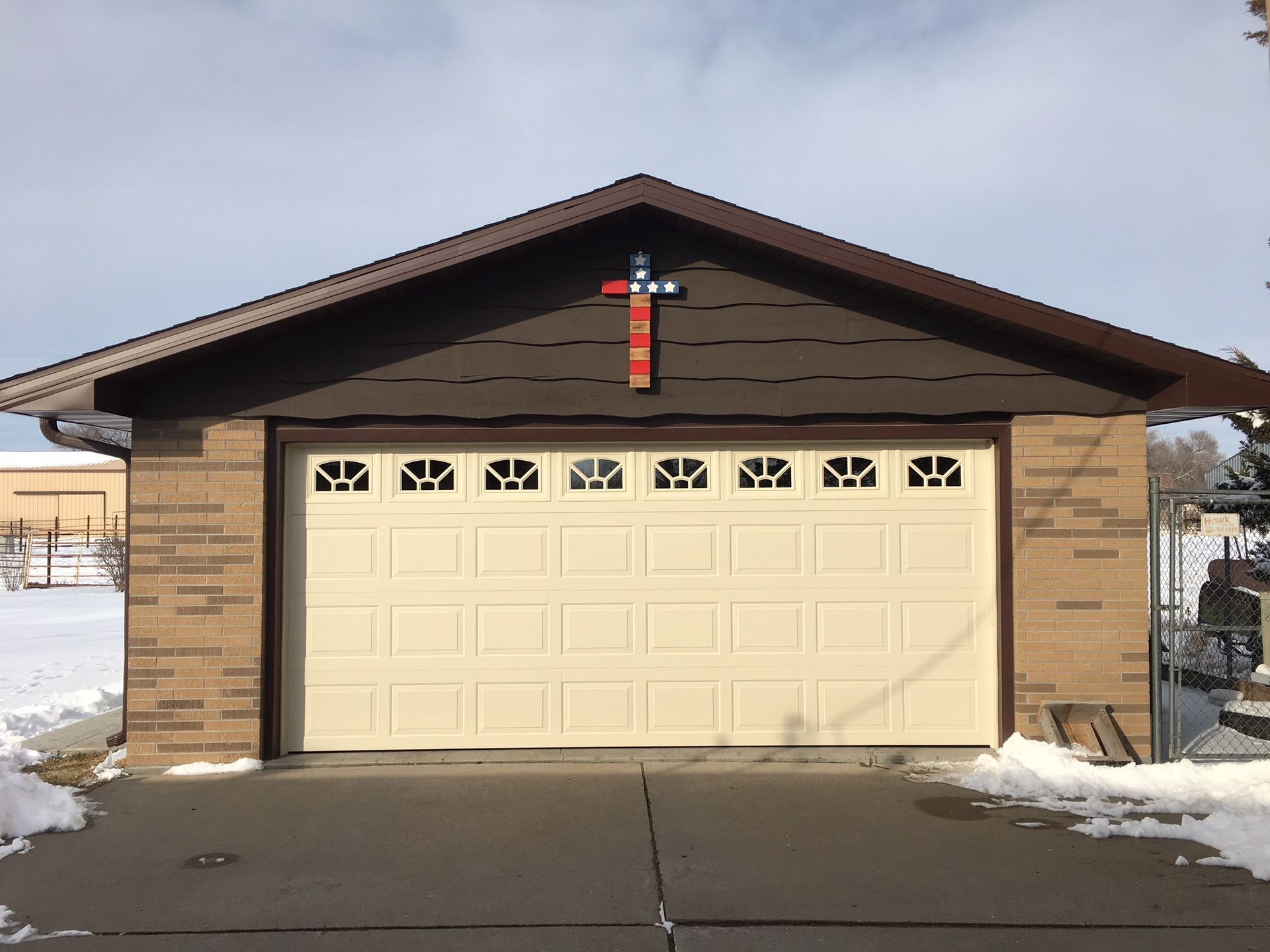Every season brings its own set of challenges for your roof. From the heat of summer to the freeze of winter, understanding how different weather conditions impact your roof can help you prolong its lifespan. Here are some seasonal roofing tips to keep your roof in top condition year-round.

How Rain, Snow, and Heat Impact Your Roof
Persistent Rain: Continuous rain can cause leaks, mold, and erosion, especially if your roof’s seals are compromised. Standing water may also damage shingles and encourage wood rot.
Snow and Ice Accumulation: Snow buildup can cause your roof to sag or even collapse if left unchecked. Ice dams form when melting snow refreezes at the roof’s edge, blocking drainage and causing leaks.
Summer Heat: Excessive heat can cause shingles to warp, crack, or even buckle. The expansion and contraction of roofing materials in hot weather can weaken their structure over time.
How to Prepare Your Roof for Harsh Weather
Taking steps to protect your roof from extreme weather is essential. Here are some tips to keep your roof safe during harsh conditions:
- Inspect and clean gutters: Ensure that gutters and downspouts are clear of debris to prevent water backup during rain or snow melt.
- Check your shingles: Inspect your shingles and replace any that are damaged or missing before extreme weather hits.
- Seal cracks: Check for and seal any cracks or gaps in your roof to prevent water intrusion during rain or snow.
- Check insulation: Proper insulation helps maintain energy efficiency and prevents ice dams from forming.
Weathercraft’s Recommended Roof Inspections and Maintenance
We recommend getting a professional roof inspection at least twice annually—once in spring and once in fall. Our experts will assess any weather-related damage and provide recommendations for repairs to help your roof withstand extreme weather.